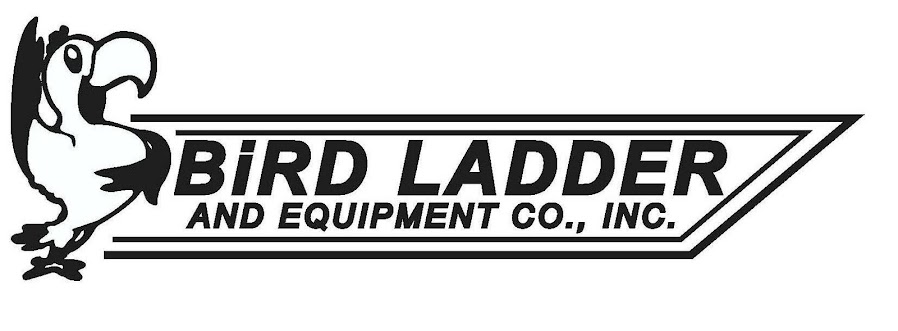OSHA Update -
"Construction" or "Maintenance," What OSHA Standards Apply?
I found the following article in the Contractor Supply web site and thought you might be interested.
Most OSHA guidelines are pretty clear: this distinction isn't.
In most cases, deciding what OSHA standard applies to the work in question is straight forward. When it comes to deciding whether certain work is "construction," subject to OSHA's Construction Standards, or "maintenance," subject to OSHA's General Industry Standards, however, the answer is not always so clear. A new OSHA Directive on Highway Construction Work Zones, CPL 02-01-054, issued in October 2012, offers some new insights on how to answer this question.[1]
Correctly deciding whether particular work comes under OSHA's Construction or General Industry Standards is essential to an employer's efforts to assure compliance and its ability to limit its legal liability. While some OSHA safety and health requirements are identical under both the Construction and General Industry Standards - Hazard Communication is one example - many are very different. For instance, OSHA's recent Crane and Derrick rule issued in 2010 applies to cranes used in construction work, but not when the same equipment is used in general industry work.
Correctly deciding whether particular work comes under OSHA's Construction or General Industry Standards is essential to an employer's efforts to assure compliance and its ability to limit its legal liability. While some OSHA safety and health requirements are identical under both the Construction and General Industry Standards - Hazard Communication is one example - many are very different. For instance, OSHA's recent Crane and Derrick rule issued in 2010 applies to cranes used in construction work, but not when the same equipment is used in general industry work.
Another area where the standards differ depending upon the type of work involved is confined spaces. If the work is considered "maintenance," confined space entries are extensively regulated by OSHA's General Industry Permit-Required-Confined-Space Standard, 29 C.F.R. § 1910.146. If, on the other hand, the job is considered "construction," only minimal training requirements for confined space entries apply. 29 C.F.R. § 1926.21(b)(6).[2]
Many other OSHA requirements -- including fall protection and work zone protection -- significantly differ depending on whether the General Industry or Construction Standards apply.
Click here to read the entire article.
Source: jdsupra.com
